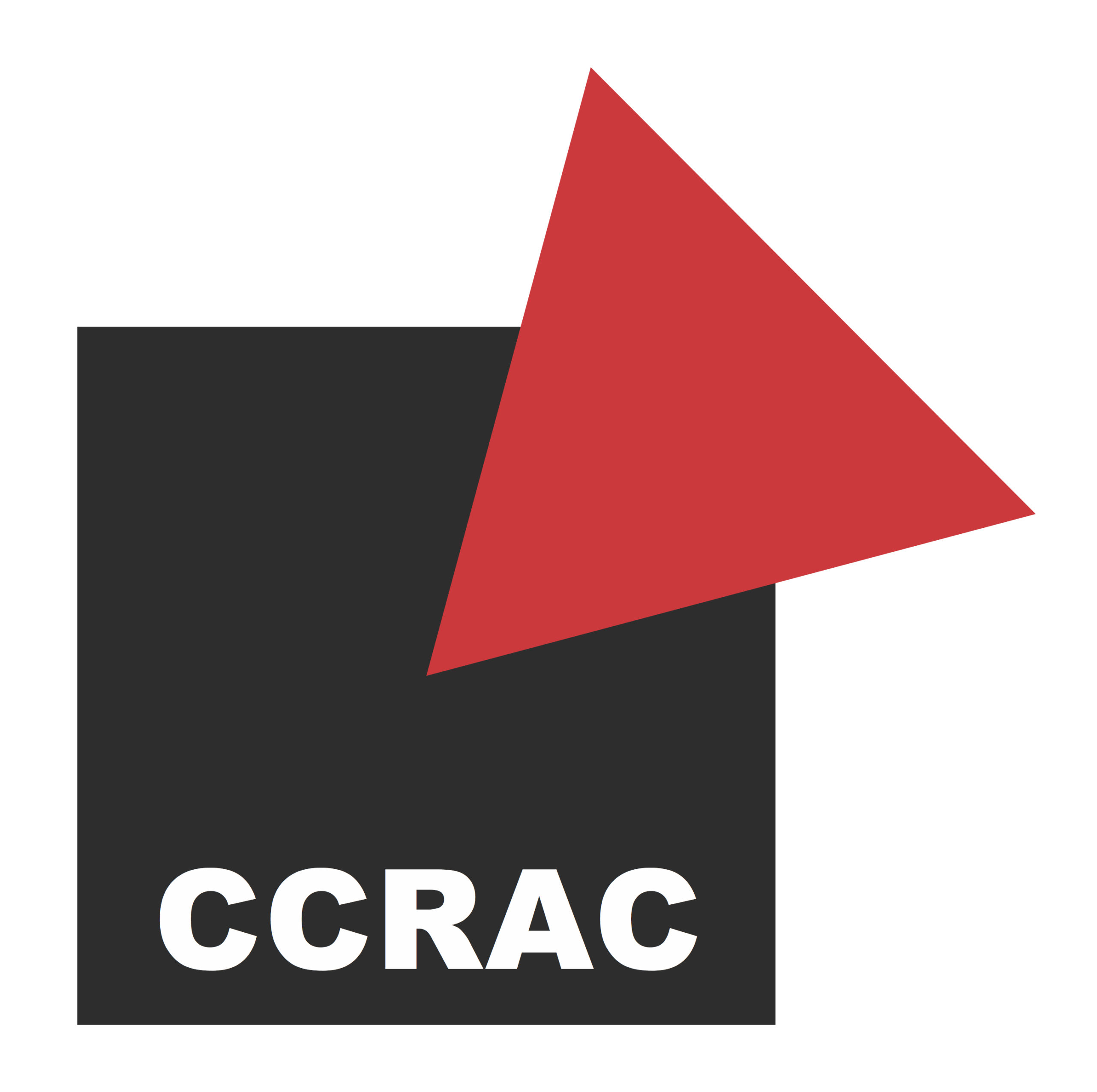
Day 1: Courtauld Institute of Art – 24 February, 14:00-18:45
Day 2: Royal Academy of Arts – 25 February, 10:30-18:30
DAY 1: 14.00 – 18.45, Friday 24 February 2017, Kenneth Clark Lecture Theatre, The Courtauld Institute of Art (with registration from 13.30)
An international conference jointly organized by The Courtauld Institute of Art and the Royal Academy of Arts (24 and 25 February 2017). Each day requires a separate booking.
This conference explores the extraordinary diversity of art made in Russia during one of the most turbulent periods in modern history. Turned overnight into the ruling party, the Bolsheviks aimed to use the power of mass propaganda in order to establish their founding mythology and disseminate their ideas to an overwhelmingly rural and illiterate population. Already in 1917 the leader of the new Bolshevik State, Vladimir Lenin, proclaimed that culture should support political needs, and the first day of our conference will aim to address the question of how useful visual art was to the Revolution, as well as how cinema, printed media and even consumer goods were used for propaganda. On the second day we will discuss the death and immortalisation of Lenin and consequent firm establishment of Stalin’s autocratic rule. We will consider the creation of Leninism as a central propaganda tool of the Communist system, and the birth of a new Soviet man – perfect and immortal.
Organized by Dr Natalia Murray, The Courtauld Institute of Art.

